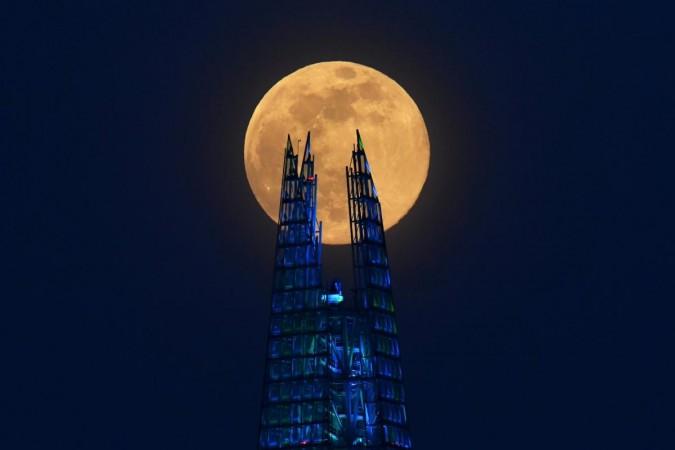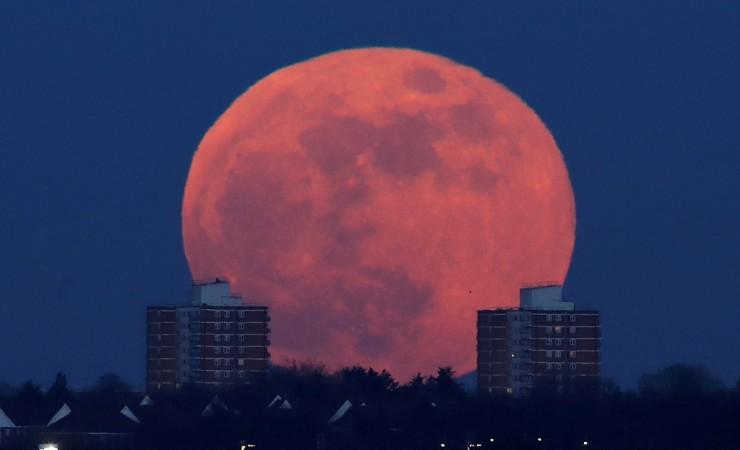The second Supermoon of 2022 will last up to three days this week, according to NASA.
"The Moon will appear full for about three days around this time, from early Tuesday morning through early Friday morning," the US space agency said in a statement.
On Wednesday (July 13) at 5 a.m. EDT (09 a.m. GMT), the moon will arrive at its closest point to the Earth for 2022: a perigee distance of 357,264 kilometres away.

By the evening of Wednesday, as evening twilight ends (at 9.44 p.m. EDT), the full moon will appear 5 degrees above the southeastern horizon, NASA said.
Buck Moon
According to Old Farmer's Almanac - a reference book containing weather forecasts, the supermoon is nicknamed as Buck Moon meaning that the full moon will occur when it's at its closest point to the Earth.
It also derived the name from the antlers of male deer (bucks) that are in full-growth mode at this time. Bucks shed and regrow their antlers each year, producing a larger and more impressive set as the years go by.

"July's full Buck Moon orbits closer to Earth than any other full Moon this year, making it the biggest and brightest supermoon of 2022! At its nearest point, the Buck Moon will be 357,418 km from Earth so it just edges out June's Strawberry Moon by 200km," as per Almanac.com
Supermoons only happen three to four times a year, and always appear consecutively.
Throughout most of Earth's orbit around the sun, perigee and the full moon do not overlap, according to NASA.
The first supermoon of 2022 rose in June and the third and final of the year will rise in August.
The next supermoon is slated to appear on September 18, 2024.
(With inputs from IANS)














